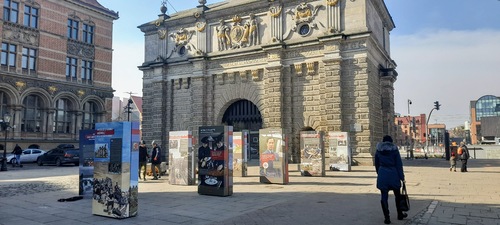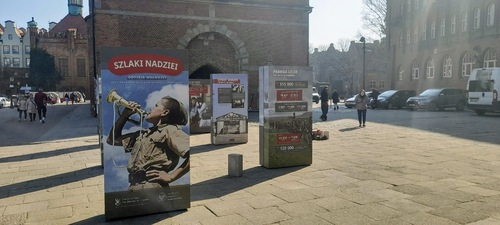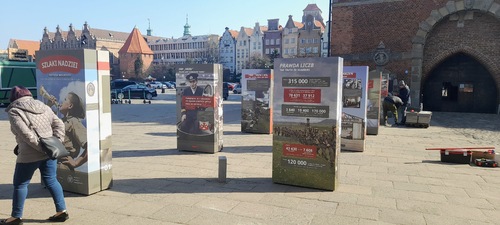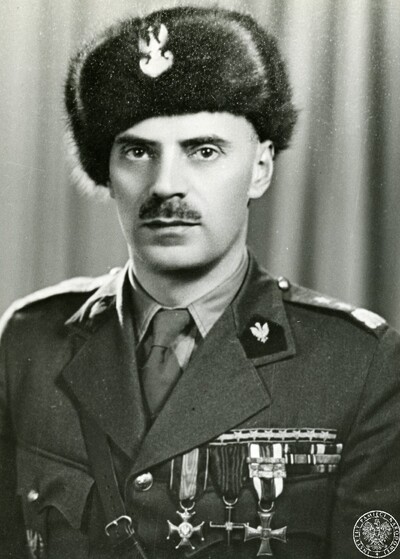This is where the Second World War began
Gdańsk is a symbolic place, always closely connected with Poland, both economically and historically. Unfortunately, when Poland regained its independence in 1918, Gdańsk found itself outside the borders of the newly reborn Polish state. The city and its surroundings, despite its statutory independence, constituted an area where Polish and German influences clashed throughout the entire interwar period.
It was here, on the nearby Westerplatte, that the first shots of the battleship Schleswig-Holstein were fired, which started the bloodiest conflict in the history of mankind – the Second World War. Later, ships for the Kriegsmarine were built and repaired in Gdańsk shipyards, and supplies for the Third Reich were delivered through the port in Gdańsk. Poles who did not manage to leave Gdańsk were repressed and murdered in the Gestapo’s torture chambers and at Stutthof concentration camp. The advancing Red Army in 1945 reduced “Festung Danzig” to a pile of rubble.
Gdańsk has become a place to commemorate these events. It is here that the Museum of the Second World War was established, which captures the history of the civilian population living during the war, and shows visitors the uniqueness of the fate of Poland compared to other nations.
That is why Gdańsk is one of the first places to exhibit the "Trails of Hope. The Odyssey of Freedom” project. An open-air exhibition of our project was presented at Plac Przy Bramie Węglowej. It will be available to visitors from March 18 to April 28, 2022.
We invite you to watch the film from the exhibition "Trails of Hope. The Odyssey of Freedom"



